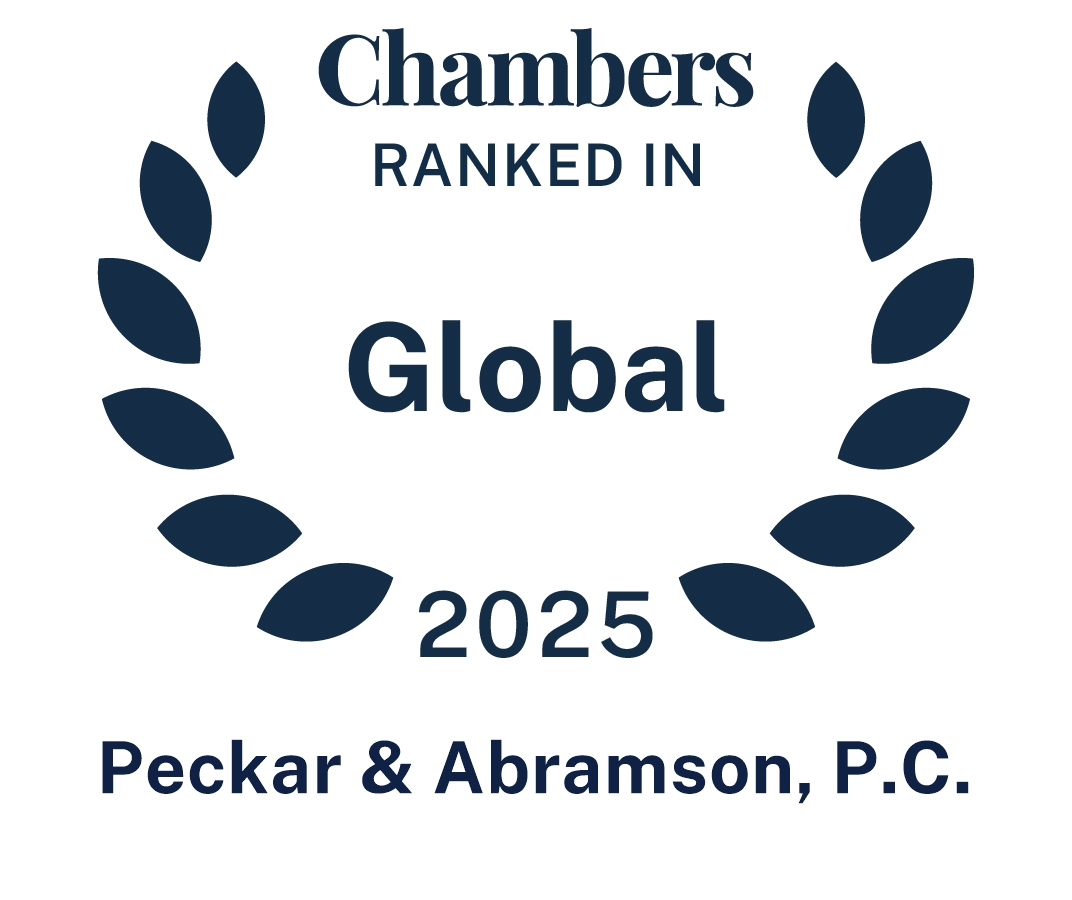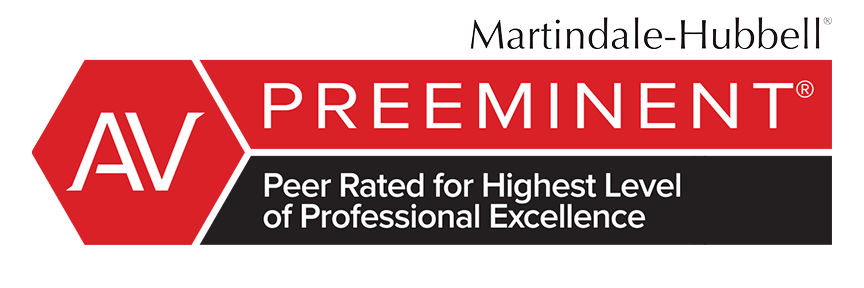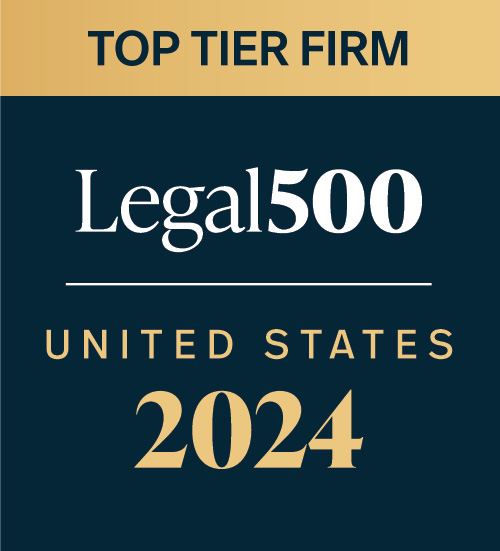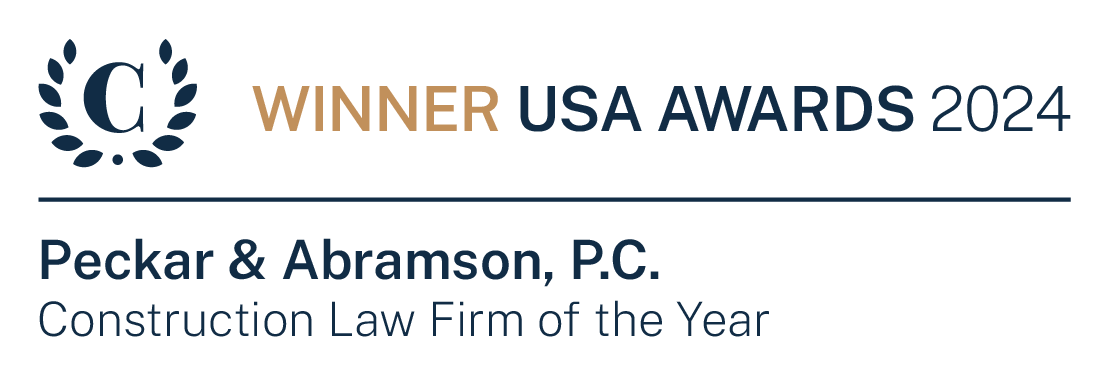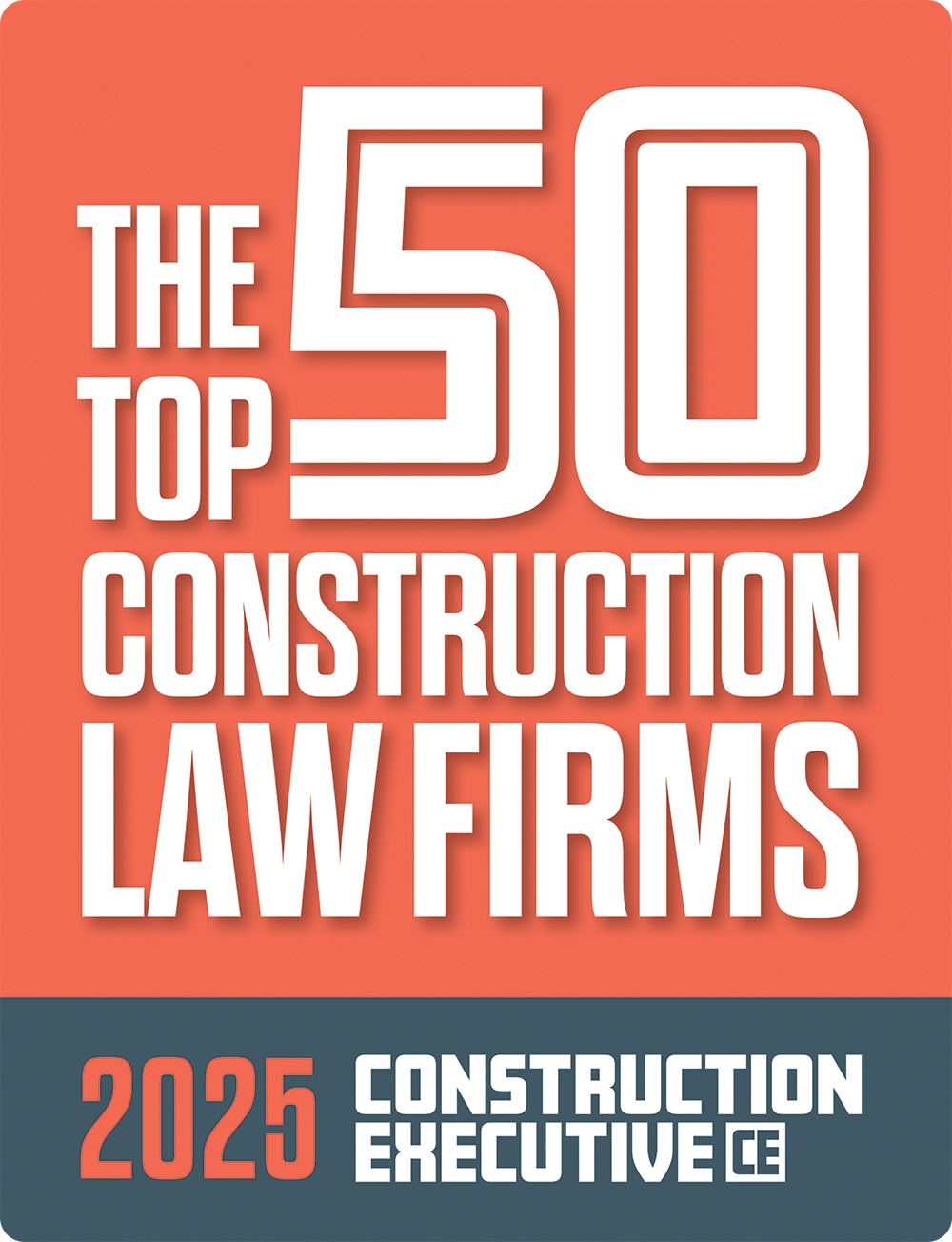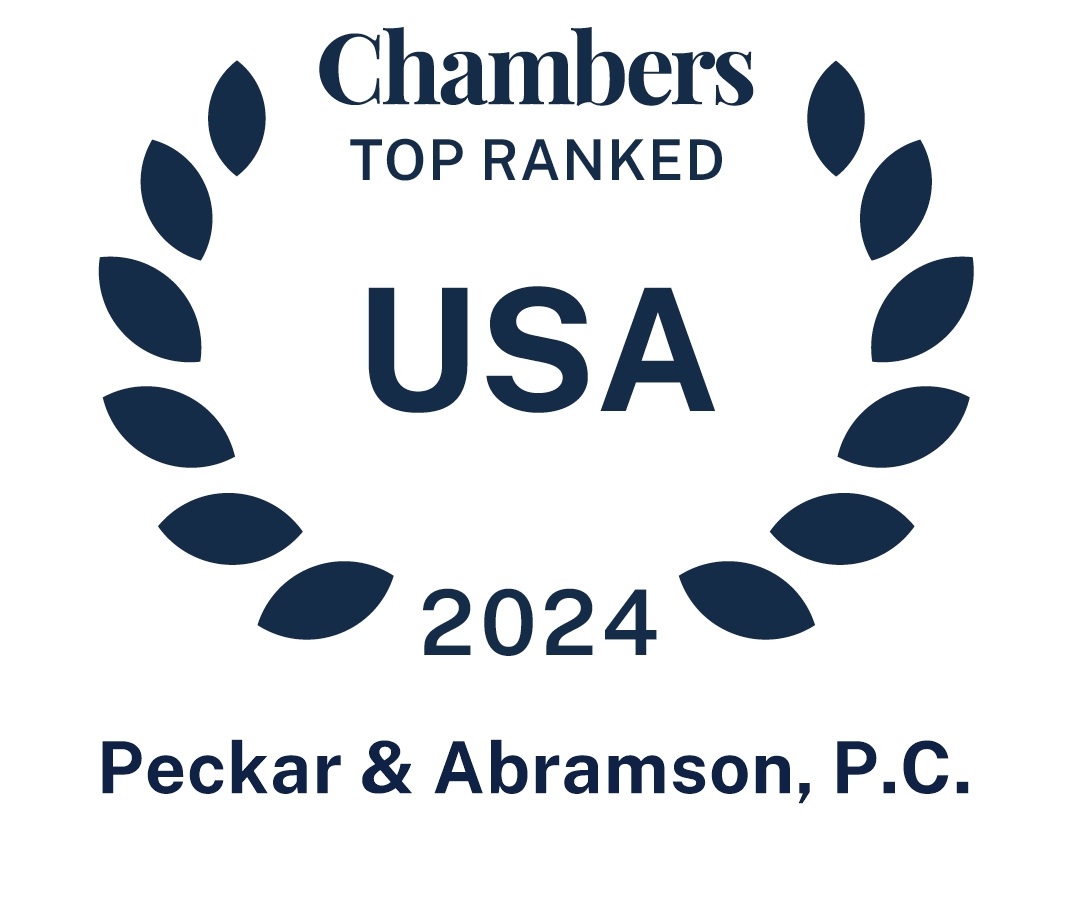Client Alerts & Publications
The Ghosts of Tariffs Past May Help Us in the Future
Authors: Kellie M. Ros,
Published Date: December 23, 2024
This article was written for ConsensusDocs and first appeared here.
The havoc material tariffs have caused the construction industry is nothing new. President-Elect Donald Trump imposed heavy tariffs on steel and aluminum in his first administration in 2016. While the tariffs themselves were not wholly unexpected, the ripple effect of those tariffs (coupled with the impacts of the COVID-19 pandemic) caused unexpected challenges for the construction industry. Those included allocating the risk of the additional costs caused by tariffs, supply and demand issues, grappling with escalation clauses, and navigating fixed price projects. The industry must now utilize the lessons learned from the rear-view mirror to strategically prepare for what was promised to be a second round of tariffs come January 2025.
Tariffs’ Impacts on Material Prices Everywhere
New or increased tariffs have the potential to raise prices for a wide range of construction inputs. Based on simple supply and demand principles, this includes inputs produced domestically that compete with foreign imports. For example, if a 20% tariff is imposed on Chinese steel, contractors may look to procure Brazil or U.S. steel in an effort to cut their costs. Such a rush to those less-costly alternatives may result in a supply shortage or an increase in prices in the marketplace across the globe. This occurred in 2016 when material prices indirectly related to the inputs on which the tariffs were imposed even increased. Contractors may be well served to get ahead of anticipated price increases and purchase materials now or take other actions in negotiating contracts to protect themselves.
Price Fluctuations v. Price Escalation Clauses
Owners and contractors alike must navigate the unpleasant waters of price increases due to market volatility. Pass-through claims from subcontractors and suppliers for material price increases on cost-plus projects may prove easier to traverse given their open-book and more transparent nature. Fixed-price projects, on the other hand, require the parties to take a dive into the contract and construction law to determine who bears the risk of material increases, except for the ConsensusDocs 200.1 Price Escalation Addendum.
Standard construction contracts generally provide very limited relief for significant price increases like those experienced due to the 2016 Trump tariffs because the tariffs are not classified as price fluctuations. Contractors are sometimes entitled to recover costs related to price fluctuations, however, material price escalations are traditionally considered a bargained-for risk (i.e. the contractor bears the risk that costs will increase during the performance period). This is especially true in fixed-price contracts. Thus, contractors, who were not protected by price escalation clauses in their contracts back in 2016, experienced difficulty recovering these increased costs. Several other avenues may provide some relief to the unprepared contractor, however, those avenues likely will depend on the terms of the parties’ contract and the applicable state law.
Contract Clauses to Consider
A price adjustment clause such as above mentioned ConsensusDocs 200.1 Price Escalation Addendum can provide relief to a contractor where the provision provides for an equitable cost adjustment for escalation beyond an established baseline. There, either party may be entitled to an adjustment for an increase or decrease in the price subject to timely notice. Note that this possible relief will require cost transparency. These price adjustment clauses might not be as easily negotiable for downstream parties, so subcontractors and suppliers may find it best practice to expressly limit the time period during which their prices are valid,
To the extent an owner is unwilling to consider a price adjustment clause, an alternative approach to consider is using an allowance or form of contingency to protect against price increases,
Another provision that may afford relief for contractors is a force majeure clause. These clauses typically excuse nonperformance of the contract by both parties due to an unforeseen event beyond the parties’ control. Unfortunately, the relief provided often is limited to an extension of time rather than compensation. The contractor may argue that a tariff is an unforeseen act by the federal government, rather than a market-driven risk borne by the contractor. Relief based on this particular clause will hinge heavily on the language of the clause itself. For example, if the clause only applies to “unforeseen” events, could recovery for new tariffs be precluded because a second round of tariffs could be considered “foreseeable” due to the President-Elect’s implementation of tariffs in 2016, the experience of industry impacts of those tariffs, and Trump’s campaign promises to implement new tariffs?
A contractor also may look for relief in contract provisions related to changes in law and/or tax. A typical change in law/tax provision may contain language related to tariffs. Change in tax provisions usually refer to changes in sales and consumer taxes, but a broadly worded clause may leave the door open to argue that the Trump tariffs are, in effect, a tax. Likewise, a contractor may use the change in law provision to argue that the implementation of significant tariffs amounts to a change in the law affecting the prosecution of the work. It is always best that such a provision be drafted in a clear and unambiguous manner to avoid disputes regarding contract interpretation. In this instance, a change in law/tax provision which grants relief for tariffs not enacted as of the date of contract execution is preferable. The ConsensusDocs 200 Standard Agreement Between Owner and Constructor with General Conditions at subsection 3.21.1 includes a change of law provision that explicitly states that a change in law includes tax law changes. However, the authorizing law to set tariffs is over a hundred years old, so the advice to draft something specifically addressing tariffs would clarify the parties’ intentions.
Change in law/tax provisions may not apply to contractors who made a business decision to buy materials domestically or where the tariffs did not directly apply to the contractor’s material. For example, the contractor who, instead of paying the 20% tariff on steel, chose to procure steel domestically at a price that experienced a 15% increase due to the supply and demand principles discussed earlier. The applicability of the provisions to this scenario is unclear and will likely depend on the contract language and a contractor’s argument that it was attempting to mitigate.
Pass-Through Claims and Liquidating Agreements
Trump tariffs 2.0 will likely put pressure on general contractors from both directions — from owners upstream and subcontractors and suppliers downstream. General contractors may (and may be contractually obligated to) pass-through a subcontractor’s or supplier’s claim to the owner. Passing through the claim does not in itself resolve liability for the general contractor to its subcontractor or supplier, If the owner rejects the subcontractor’s or supplier’s claim during the change order or dispute resolution process, the subcontractor or supplier may still assert the claim against the general contractor. However, a contractor may protect itself through the use of a “liquidating agreement” or “liquidated language” in the contract. A liquidating agreement, or subcontract “liquidating language,” generally conditions and limits the general contractor’s liability to a subcontractor or supplier to the amount recovered from the owner on the subcontractor’s or supplier’s claim. These provisions/agreements afford the general contractor the benefit of a release of liability to the subcontractor’s or supplier’s claim without having to relinquish its ability to pass the claim through to the owner. If a subcontractor or supplier completely releases the general contractor from liability, the general contractor may not be able to pursue the subcontractor’s or supplier’s claim against the owner. Liquidating agreements and liquidating language essentially provide the contractor the best of both worlds and should be considered to shift the risk of tariff uncertainty.
Lessons Learned
Contractors should have learned several lessons from Trump’s 2016 tariffs, which they should apply immediately, if they haven’t done so already. Tariffs will increase the costs of materials, and contractors must negotiate clauses in their contracts both upstream and downstream, to protect themselves. Contractors should include well drafted price escalation, force majeure, and change in law/tax clauses in their contracts with owners which specifically provide relief from increased costs due to tariffs. And, they should negotiate liquidating language in their subcontracts and supply contracts limiting their liability downstream to passing through claims for costs resulting from tariffs in order to shift the risk of the unknown.
For more information, please reach out to Kellie Ros.




